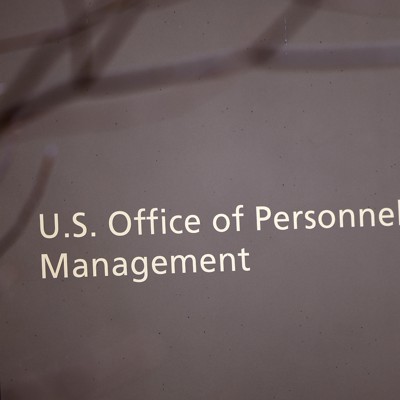
"The "rule of many" in federal hiring was first enacted as part of the 2019 National Defense Authorization Act and looks to meld the positive aspects of two other federal hiring formats: the "rule of three" and category rating. Under the "rule of three" selection process, hiring managers would receive a list of the three most qualified candidates for a job opening. But with the growing complexity of federal jobs-and federal resumes-hiring managers frequently passed on all three candidates in favor of posting a new hiring solicitation."
"Category rating, introduced by OPM in 2004, would place qualified applicants into three categories, such as good, better and best. This gave hiring managers a broader array of job seekers to choose from and allowed them to better target specific skillsets, but made it difficult to differentiate between applicants in the same category. The "rule of many," combines the granular ranking system of the rule of three with the flexibility to sift through many qualified applicants."
OPM finalized regulations implementing the "rule of many" to give federal hiring managers greater flexibility in selecting applicants. The rule of many was enacted by the 2019 NDAA to combine strengths of the rule of three and category rating. The rule of three provided lists of three top candidates but often led to re-postings as resumes and roles grew complex. Category rating grouped candidates into buckets like good, better and best, offering breadth but reducing differentiation. The rule of many allows granular ranking across a larger qualified slate and complements shared certifications and skills-based hiring reforms.
Read at Nextgov.com
Unable to calculate read time
Collection
[
|
...
]